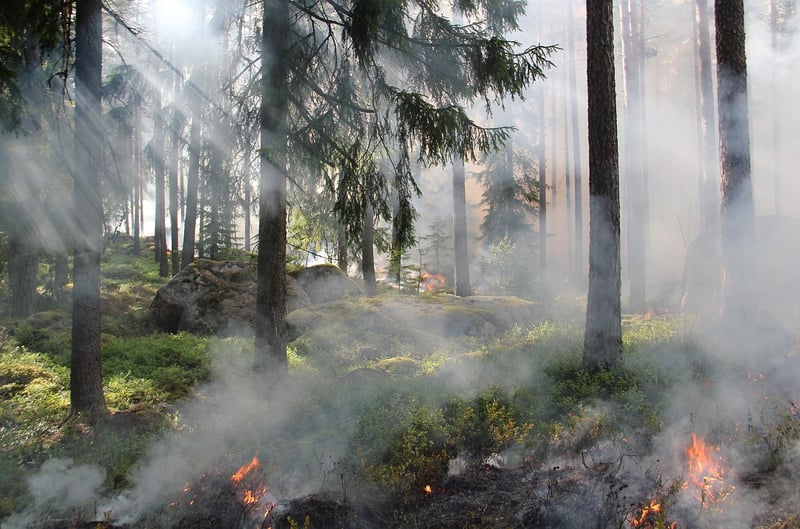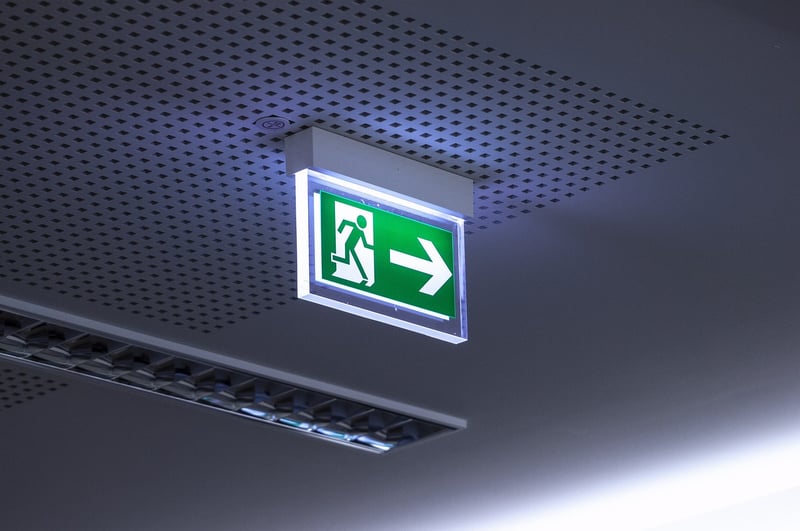Evacuation Plans
Prepare for Emergencies: Creating Effective Evacuation Plans
Emergencies can strike at any moment, and having a well-thought-out evacuation plan can save lives and minimize damage. Whether it's a natural disaster like a hurricane or a fire in your home, being prepared is crucial. Follow these steps to create an effective evacuation plan for you and your loved ones.
Step 1: Identify Potential Risks
Understand the types of emergencies that are most likely to occur in your area. This could include floods, earthquakes, wildfires, or other hazards. Knowing the risks will help you tailor your evacuation plan to address specific scenarios.
Step 2: Plan Your Escape Routes
Determine multiple escape routes from your home or workplace. Make sure everyone knows these routes and practices using them. Designate a meeting point outside where everyone will gather after evacuating.
Step 3: Prepare an Emergency Kit
Pack an emergency kit with essentials like water, non-perishable food, first aid supplies, flashlights, batteries, and important documents. Keep this kit in an easily accessible location so you can grab it quickly during an evacuation.
Step 4: Communicate the Plan
Ensure that everyone in your household or workplace is aware of the evacuation plan. Practice drills regularly so that everyone knows what to do in case of an emergency. Include children and elderly family members in these drills.
Step 5: Stay Informed
Keep an eye on weather alerts, news updates, and emergency notifications. Stay informed about potential hazards in your area so you can act quickly if an evacuation is necessary.
Step 6: Evacuation Procedures
Follow the evacuation procedures provided by local authorities. If instructed to evacuate, do so immediately and follow the designated evacuation routes. Stay calm, help others if possible, and do not return home until it is declared safe.
Conclusion
By preparing for emergencies and creating a detailed evacuation plan, you can protect yourself and your loved ones in times of crisis. Remember, being proactive and staying informed are key to ensuring a safe evacuation. Stay prepared, stay safe!


For more tips on emergency preparedness, visit Ready.gov.
